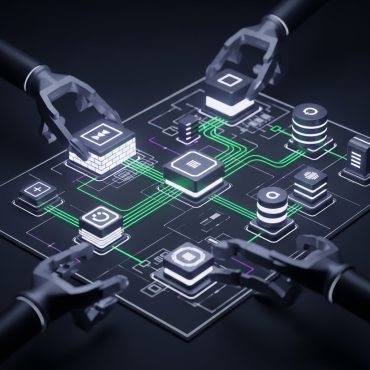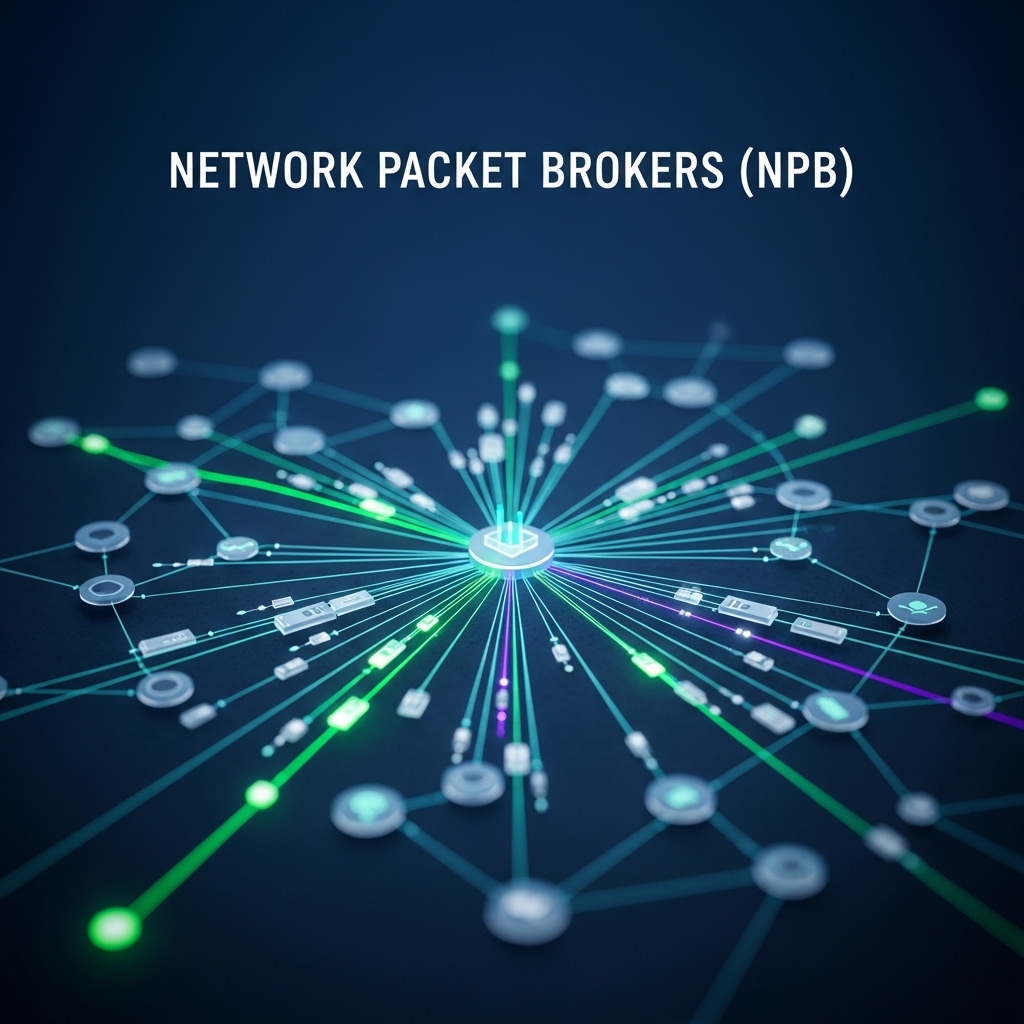Network Packet Brokers (NPB) are specialized devices designed to aggregate, filter, and distribute network traffic to various monitoring, performance, and security tools. In complex IT environments where data volumes and cyber threats are constantly increasing, NPBs enable scalable visibility and optimized traffic processing.
Key Functions
Traffic Aggregation and Duplication
NPBs collect traffic via TAPs, SPAN ports, or other network sources, and duplicate packets for analysis without impacting live network performance.
Intelligent Filtering and Forwarding
Traffic is filtered based on protocol, IP address, port number, or Layer 7 application identifiers. This reduces load on downstream tools and ensures only relevant data is processed.
Load Balancing
NPBs distribute incoming traffic evenly across multiple monitoring or analysis tools, preventing bottlenecks and ensuring operational efficiency even in high-throughput environments.
Traffic Modification and Decryption
Advanced packet brokers support features like packet trimming, header modification, masking of sensitive data, and TLS/SSL decryption. This enhances compliance with data protection regulations and improves threat visibility.
Value for Security and Monitoring
NPBs are essential components in modern network security architecture. By feeding clean, filtered traffic to tools like SIEM, IDS/IPS, DLP, forensic analyzers, and NDR systems, they enhance detection accuracy and performance.
Network Packet Brokers empower enterprises to maintain visibility across distributed architectures, detect anomalies in real-time, and respond quickly to potential threats. As such, they are indispensable for any organization prioritizing both security and operational continuity.












